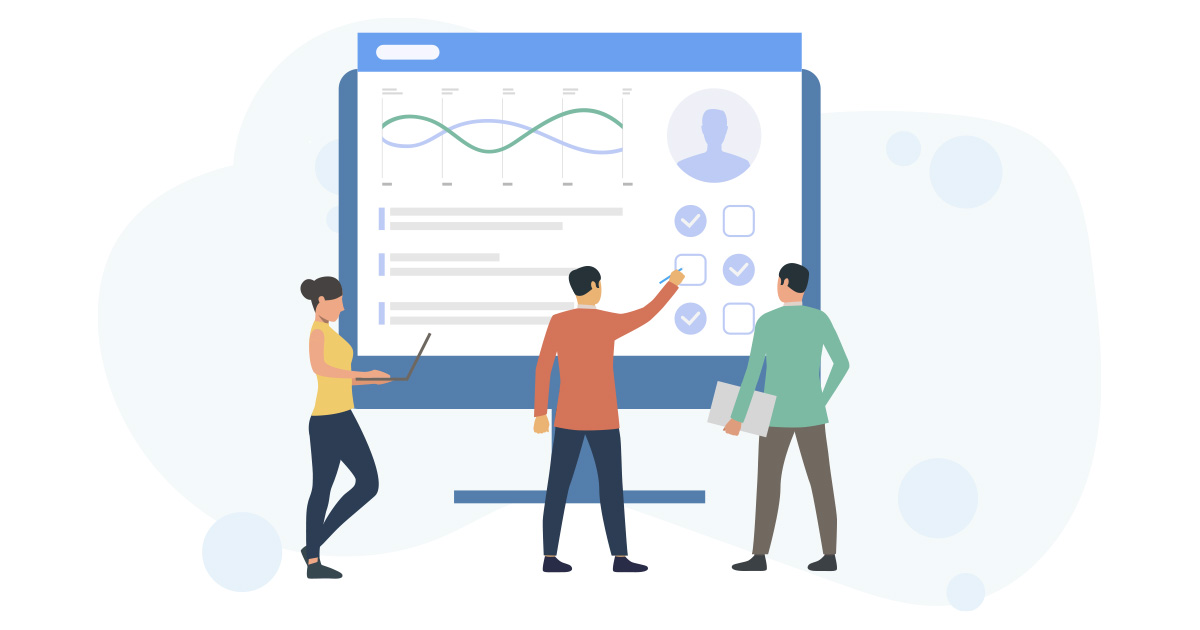In recent years, predictive analytics has gained significant attention across various industries, and the field of human resources is no exception. Predictive HR analytics uses data, statistical algorithms, and machine learning techniques to forecast workforce needs and identify potential employee performance, retention, and recruitment issues.
Let’s explore how HR departments use automation to forecast workforce needs, improve decision-making, and achieve organizational goals.
Predictive analytics in HR can be used for various purposes, including employee retention, recruitment, and workforce planning. By analyzing employee performance, demographics, and engagement levels, HR departments can identify patterns and trends that help them predict which employees are at risk and what factors contribute to high employee turnover. This information can then be used to create targeted retention strategies and improve employee engagement and satisfaction.
Similarly, predictive analytics can help HR departments improve recruitment strategies by identifying the most effective sources for new hires, predicting which candidates are most likely to succeed in a given role, and forecasting future staffing needs. By analyzing previous job postings, application data, and other recruitment metrics, HR teams can identify patterns that help them predict which candidates are most likely to be successful in a given role and which recruitment sources are most effective for their organization.
The most significant benefit of predictive analytics in HR is its potential to inform workforce planning. HR departments can forecast future workforce needs by analyzing data on employee demographics, attrition rates, and other factors and identifying potential skill gaps or shortages. This information can then be used to create targeted training and development programs, recruitment strategies, and workforce planning initiatives that ensure the organization has the talent it needs to meet its goals.
Many HR departments are turning to automation to harness the power of predictive analytics. By using machine learning algorithms and other automation tools, HR professionals can analyze large volumes of data more quickly and accurately than manually. This can help them identify patterns and trends that may not be immediately apparent and make data-driven decisions that improve the effectiveness of their HR programs.
For example, some HR departments use predictive analytics to automate candidate screening and selection. By analyzing data on previous successful hires, HR teams can create algorithms that identify essential skills and attributes for a given role and screen candidate resumes accordingly. This can reduce bias in the selection process and increase the likelihood of hiring successful candidates.
Many HR departments use automation tools to track employee engagement and performance metrics. By analyzing data on employee attendance, performance evaluations, and other factors, HR professionals can identify which employees are at risk of leaving and which teams may be experiencing potential issues before they become more significant problems and improve the overall effectiveness of their workforce.
In conclusion, predictive analytics has become essential for HR professionals looking to improve employee retention, recruitment, and workforce planning. By using automation tools to analyze large volumes of data, HR teams can identify patterns and trends that help them make data-driven decisions and improve the effectiveness of their HR programs. While there are challenges to implementing predictive analytics in HR, including data quality and privacy concerns, the potential benefits of automation in this field are significant and will likely continue to grow.

